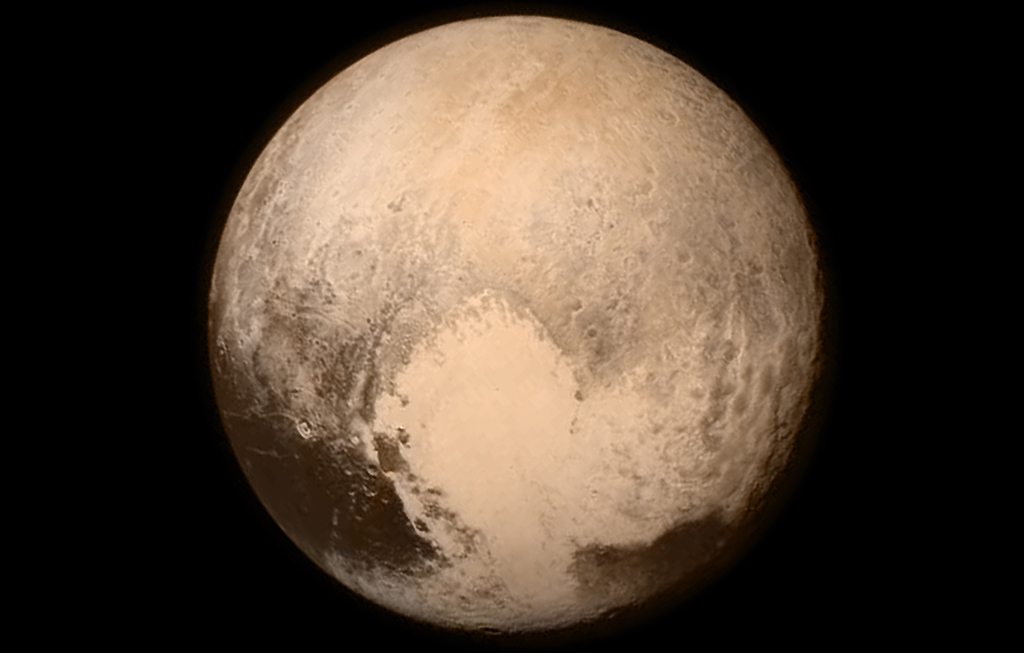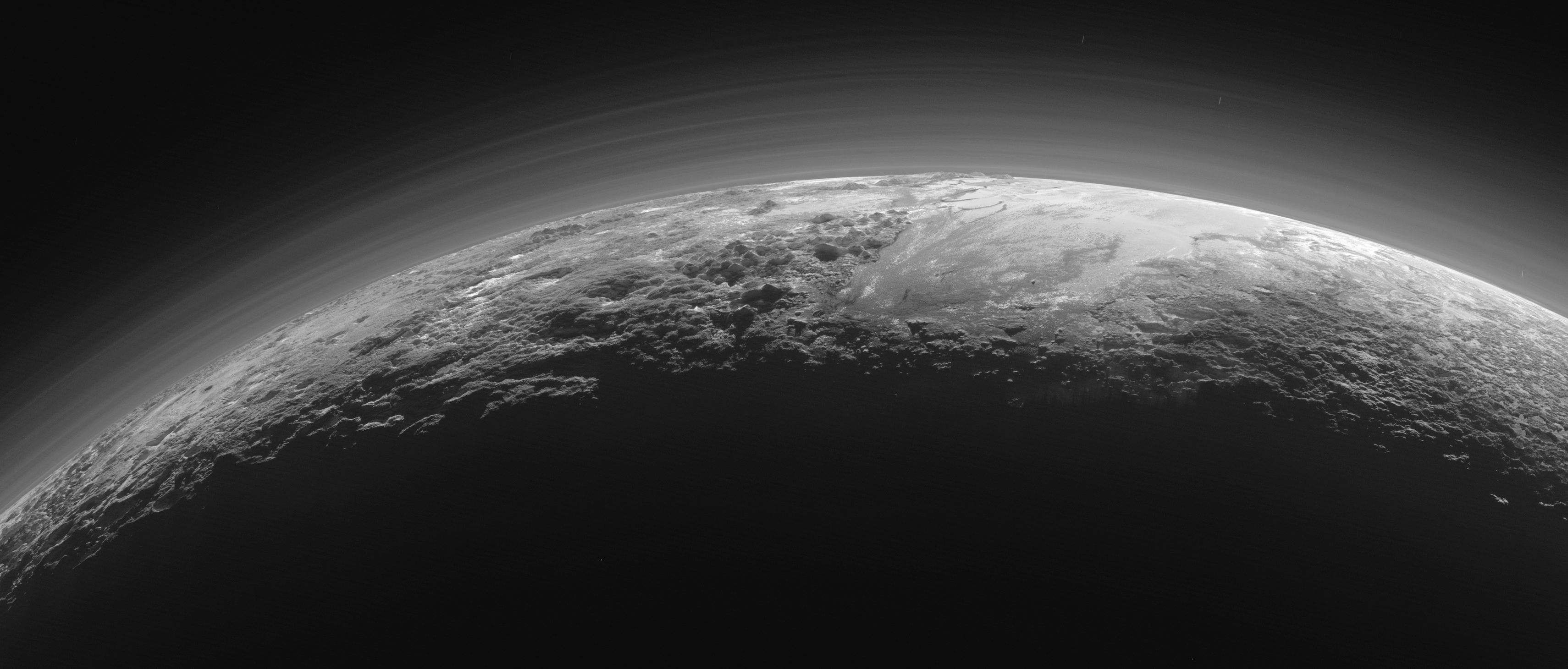New Horizons is the first space probe sent to study Pluto. The main goal of the mission was to explore Pluto and its large moon Charon. Mission managers also hope to encounter one or more other objects in the Kuiper belt, a band of icy bodies largely beyond the orbit of Neptune. The measurements made by New Horizons will help scientists learn about the nature of these Kuiper belt objects (KBO’s), thought to be the remains of the material that came together to form the planets. New Horizons is a mission of the United States National Aeronautics and Space Administration (NASA).

Cameras and other instruments aboard New Horizons took images of Pluto and its moons. The images will enable scientists to study the geological processes that have shaped these bodies’ icy surfaces. The instruments also mapped the chemical composition and temperature of the surfaces. In addition, the instruments studied Pluto’s thin atmosphere and measured the gases escaping into space, which give Pluto a cometlike tail.
New Horizons also includes the Student Dust Counter (SDC), an instrument designed and built by students at the University of Colorado. The SDC will collect dust and small particles during the spacecraft’s entire journey. Scientists plan to study such data to understand how comets, planets, and other objects create dust and how dust moves around the solar system.

NASA launched New Horizons on Jan. 19, 2006. In February 2007, the spacecraft passed close to Jupiter, gaining speed from the planet through its gravitational pull. The flyby also provided the opportunity to test the spacecraft’s instruments on Jupiter and its large moons. One camera captured a volcanic eruption on Io that stretched roughly 200 miles (320 kilometers) above the moon’s surface. Instruments also found ammonia clouds near Jupiter’s Great Red Spot and gathered new information on the structure of Jupiter’s magnetic field.

New Horizons reached its closest point to Pluto and Charon on July 14, 2015, traveling by at great speed. The spacecraft took many detailed images of Pluto and its moons and studied its terrain and atmosphere. Before the flyby, scientists could only study Pluto as a dim, grainy blur in photographs taken by Earth-based or orbiting telescopes.
On Jan. 1, 2019, the New Horizons probe flew past and made a close observation of 2014 MU69, a small KBO that scientists named Arrokoth, the Powhatan word for “sky.” The Powhatans are a Native American group. The KBO is less than 30 miles (45 kilometers) in diameter, and its orbit lies about 1 billion miles (1.5 billion kilometers) beyond that of Pluto. It is the most distant object ever observed directly by a space probe launched from Earth.

